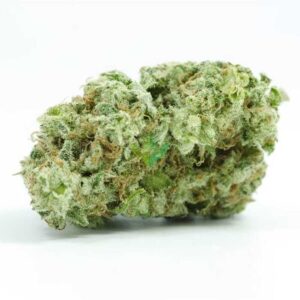Durban Poison has deep roots in the Sativa landrace gene pool. The strain’s historic phenotypes were first noticed in the late 1970s by one of America’s first International strain hunters, Ed Rosenthal. According to cultivation legend, Rosenthal was in South Africa in search of new genetics and ran across a fast flowering strain in the port city of Durban. After arriving home in the U.S., Rosenthal conducted his own selective breeding process on his recently imported seeds, then began sharing. Rosenthal gave Mel Frank some of his new South African seeds, and the rest was cannabis history.
Frank, who wrote the “Marijuana Grower’s Guide Deluxe” in 1978, modified the gene pool to increase resin content and decrease the flowering time. In search of short-season varieties that could hit full maturation on the U.S. East Coast, Frank’s crossbreeding efforts resulted in two distinct phenotypes, the “A” line and “B” line. The plant from Frank’s “A” line became today’s Durban Poison, while the “B” line was handed off to Amsterdam breeder David Watson, also known as “Sam the Skunkman.”
Durban Poison has a dense, compact bud structure that’s typical of landrace Indica varieties, but the flowers’ elongated and conical shape is more characteristic of a Sativa.





Paul Ben (zweryfikowany) –
What you do atimes isn’t fair enough how can you delay my shipment though you placed a stipulated time
Please endeavor to keep to your time okay.
Cieszyć się –
Sorry about that Paul Ben, every state got their own laws and sometimes it’s a heavy obstacle on us but we always get across.
Jimmy Jack (zweryfikowany) –
Love this shit